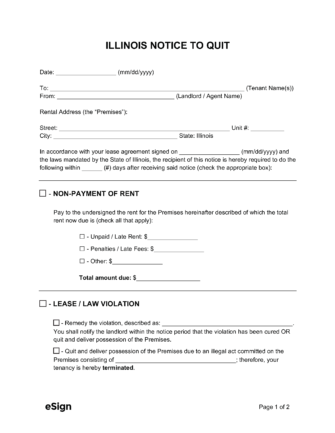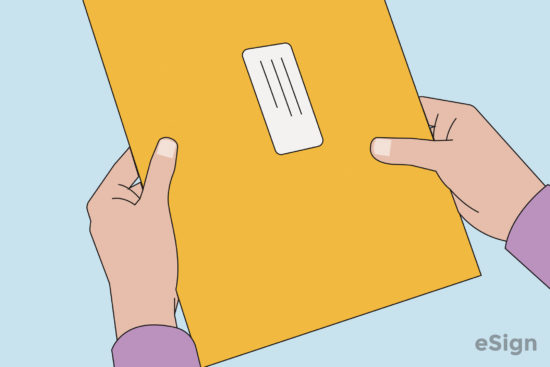Eviction Notices: By Type (4)
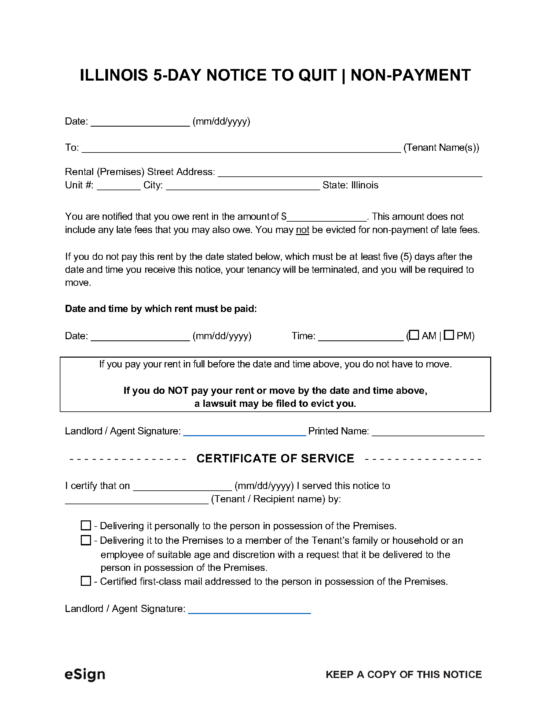 5-Day Notice to Quit | Non-Payment – Used to notify a tenant that they must pay overdue rent within five days or their lease will be terminated. 5-Day Notice to Quit | Non-Payment – Used to notify a tenant that they must pay overdue rent within five days or their lease will be terminated.
Download: PDF |
 5-Day Notice to Quit | Illegal Activity – Informs a tenant that they have committed an illegal act on the premises and must move out within five days. 5-Day Notice to Quit | Illegal Activity – Informs a tenant that they have committed an illegal act on the premises and must move out within five days.
Download: PDF, Word (.docx), OpenDocument |
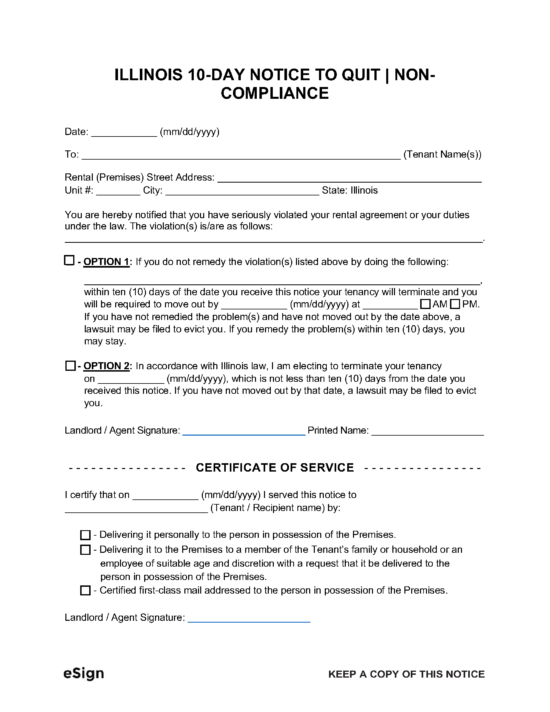 10-Day Notice to Quit | Non-Compliance – Notifies a tenant that they violated their lease and must vacate within 10 days. 10-Day Notice to Quit | Non-Compliance – Notifies a tenant that they violated their lease and must vacate within 10 days.
Download: PDF |
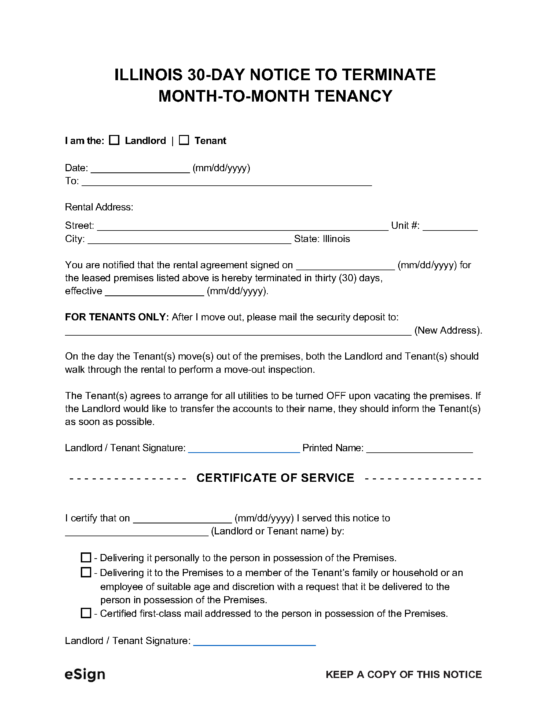
30-Day Notice to Terminate | Month-to-Month Tenancy – Delivered to a tenant by a landlord who intends to terminate the lease agreement between them without cause.
Download: PDF |
Notice Requirements
How to Evict a Tenant in Illinois
Step 1 – Serve Notice to Quit
Before evicting a tenant, a landlord must serve them a notice to quit and inform them of any lease violation they committed. The notice can be delivered in person (to the tenant or other occupant), by certified or registered mail, or by posting it on the door (if no one is at home).
Step 2 – File for Eviction
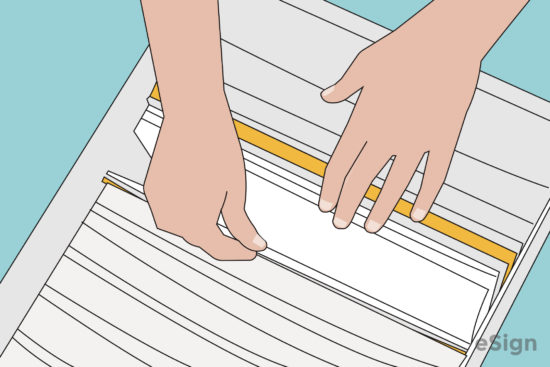
If the tenant fails to comply with the demands of the notice to quit, the landlord can file an eviction suit. The landlord must complete a Complaint and Summons and attach a copy of the lease and an Affidavit of Service of a Demand or Notice.
Evictions are filed with the circuit court in the county where the property is located. Unless exempt, most landlords must file all the forms electronically on Illinois’ eFile website.
The clerk will set a hearing date and give the landlord copies of both forms. The landlord must ask the county sheriff’s office to serve the Complaint and Summons on the tenant.
Step 3 – Hearing
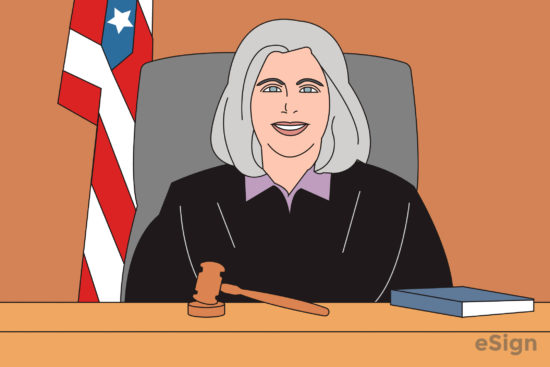
Both landlord and tenant must appear before the judge on the hearing date. The landlord should come prepared with copies of the lease, Complaint, Summons, and notice to quit with proof of service. Statements and evidence from both parties will be presented to the judge for their consideration.
If the property is within Cook County, the tenant has the right to “pay and stay.” This means if they pay back the landlord all unpaid rent, court costs (not including attorney fees), and service costs, the eviction suit must be dropped.
Step 4 – Eviction Order
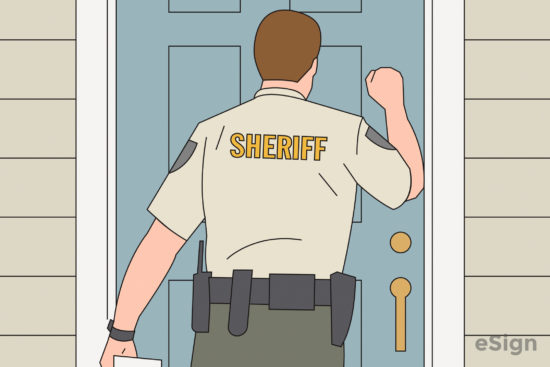
Court Forms + Resources
Forms
- Affidavit of Service of a Demand or Notice
- Signed by: Server
- Complaint
- Signed by: Landlord
- Summons
- Signed by: Court Clerk and Sheriff
- Eviction Order
- Signed by: Judge
Resources
